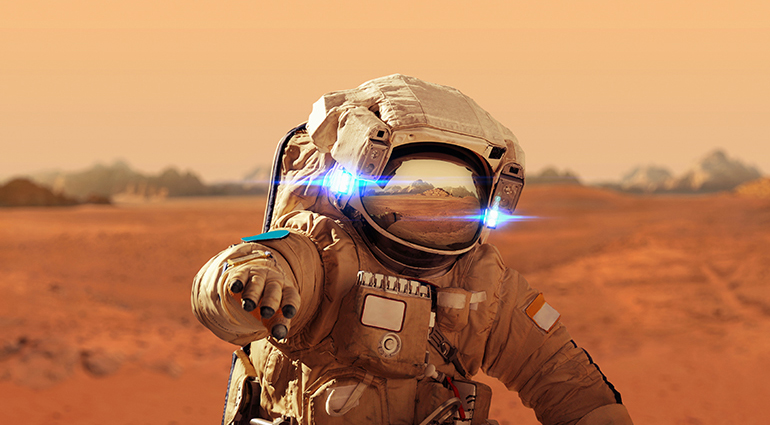From: Our Daily Journey

Read:
Psalm 8:1-9
You gave them charge of everything you made, putting all things under their authority (Psalm 8:6).
You gave them charge of everything you made, putting all things under their authority (Psalm 8:6).
In Ridley Scott’s film The Martian, astronaut Mark Watney undergoes a harrowing struggle to survive after being stranded on Mars. Using his skills as a botanist, Watney manages to create ingenious solutions for each crisis he faces. In one particularly compelling moment, Watney gazes in wonder at the first green sprout he’d managed to coax to life in the barren planet.
At least part of the appeal of Scott’s film is its compelling illustration of the joy human beings find in drawing beauty and life from the raw materials of creation. It makes sense that we’re drawn to such stories. Created in the image of a creative God (Genesis 1:26), each of us, whether or not we consider ourselves particularly creative, has a God-given ability to use what we’ve been given to contribute to this world.
For this is what God has always intended for us. Instead of making a final product with a “Do Not Touch!” sign, God designed creation itself to produce new life (Genesis 1:11,24) and entrusted human beings to further nurture and develop it (Genesis 1:26, Genesis 2:15).
It might be hard to believe God would trust us with such a gift. As David mused in wonder, would the God whose “glory is higher than the heavens” really craft a magnificent creation and then allow “mere mortals” to be entrusted with it all? (Psalm 8:1,3-9). Our fears are not unfounded; the sobering reality is that because of human sin, creation suffers (Romans 8:20).
But our rock-solid hope is that God, in the person of Jesus, is restoring not only humanity but creation as well (Colossians 1:18-21). In Him, we can find the restoration and healing we need to once more take our rightful place in the work of stewarding His world.
No comments:
Post a Comment
Thank you for visiting Simposious.blogspot.com We welcome your comments.